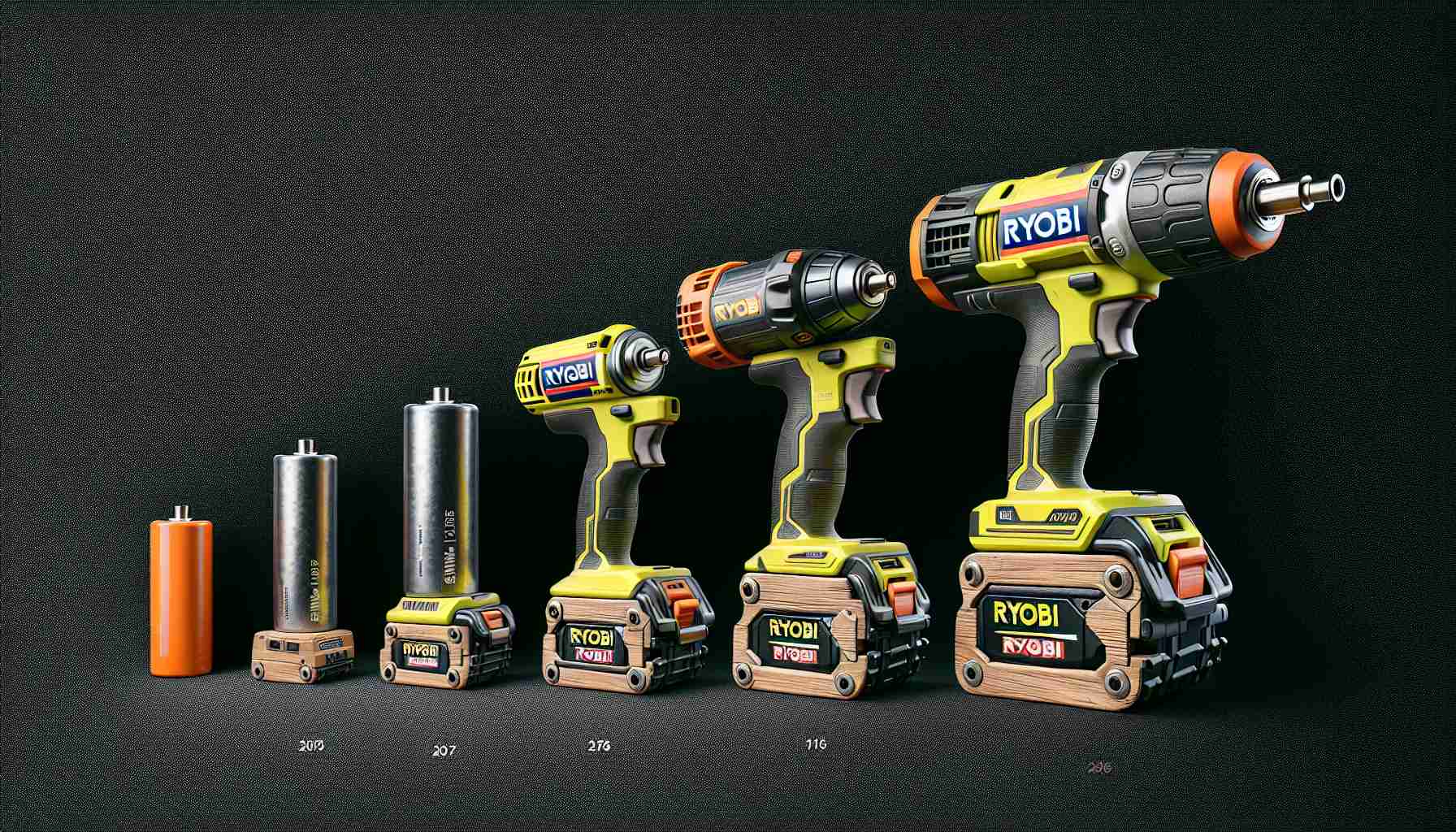Ryobi has been a prominent player in the battery-operated tool market for many years. The company’s evolution over time includes improvements not only in the tools themselves but also in the batteries that power them. Initially, Ryobi’s cordless tools relied on nickel-cadmium (NiCad) batteries, a long-standing choice for many electronic devices.
NiCad batteries have characteristics that make them appealing, such as compact size and decent energy output. However, advancements in technology have led to the adoption of lithium-ion batteries, which provide superior benefits. Lithium-ion batteries boast longer life spans, quicker recharge times, and enhanced efficiency compared to their NiCad counterparts. To maximize performance, Ryobi developed the One+ battery system, designed to power the latest line of tools.
This transition has left some users of older tools facing a dilemma. Many enthusiasts possess a collection of NiCad tools and batteries, yet they may not be rushed to upgrade. However, if a NiCad charger fails, they might wonder whether a modern 18V One+ charger could serve as a replacement. Unfortunately, this is not an option, as Ryobi’s One+ chargers are specifically designed only for lithium-ion batteries.
Moreover, the older chargers present a similar issue. They are incompatible with lithium-ion batteries for safety reasons, preventing any attempts to mix the old with the new. As technology evolves, users must navigate the complexities of changing battery systems.
The Transition from NiCad to Lithium-Ion: Ryobi’s Battery Evolution
Ryobi has made significant strides in the power tool market, particularly with its transition from nickel-cadmium (NiCad) to lithium-ion (Li-ion) batteries. This shift is emblematic of broader trends in battery technology, reflecting advancements that have changed the landscape of cordless tools.
Key Questions Surrounding the Transition
1. What prompted the switch from NiCad to lithium-ion?
– The primary drivers of Ryobi’s transition were the limitations of NiCad batteries, such as lower energy density and memory effect, which caused them to lose capacity over time if not fully drained before charging. Lithium-ion batteries, on the other hand, have a higher energy capacity relative to size and weight, leading to more efficient tools with longer operational times.
2. Are there specific challenges users face during this transition?
– Yes, one key challenge is the incompatibility of old NiCad chargers and batteries with Ryobi’s new lithium-ion system, which can incite frustration for users who have invested heavily in older tools. Furthermore, users accustomed to the performance and charging cycles of NiCad batteries may find the switch to lithium-ion disorienting initially.
Advantages and Disadvantages of the Transition
Advantages:
– Improved Performance: Lithium-ion batteries offer significantly better performance metrics such as longer runtime and faster charging. Users can expect longer operational periods between charges, enhancing efficiency on job sites.
– Lightweight Design: Li-ion batteries are lighter than NiCad batteries, which translated to less strain for users during prolonged use.
– Reduced Environmental Impact: While NiCad batteries contain toxic cadmium, lithium-ion batteries are generally deemed to be more environmentally friendly, being less harmful when disposed of correctly.
Disadvantages:
– Cost: Lithium-ion technology tends to be more expensive than NiCad. While prices have decreased over the years, initial investments can be higher for users looking to upgrade their toolsets.
– Limited Lifespan in Extreme Conditions: Lithium-ion batteries can be adversely affected by extreme temperatures, both hot and cold, which may shorten their longevity if not properly managed.
– Recycling Challenges: Although lithium-ion batteries are less harmful than NiCad batteries, their recycling process is not as straightforward. Users must ensure proper disposal to avoid environmental concerns.
Conclusion
As Ryobi continues to innovate and adapt to the demands of the power tools market, the transition from NiCad to lithium-ion batteries marks a significant technological advancement. While users may face challenges with this evolution, the benefits of lithium-ion technology—including enhanced performance, lighter weight, and better environmental profiles—ultimately lead to a more efficient workflow in both professional and DIY applications.
For more information on Ryobi’s product offerings and battery technology, visit Ryobi Tools.














